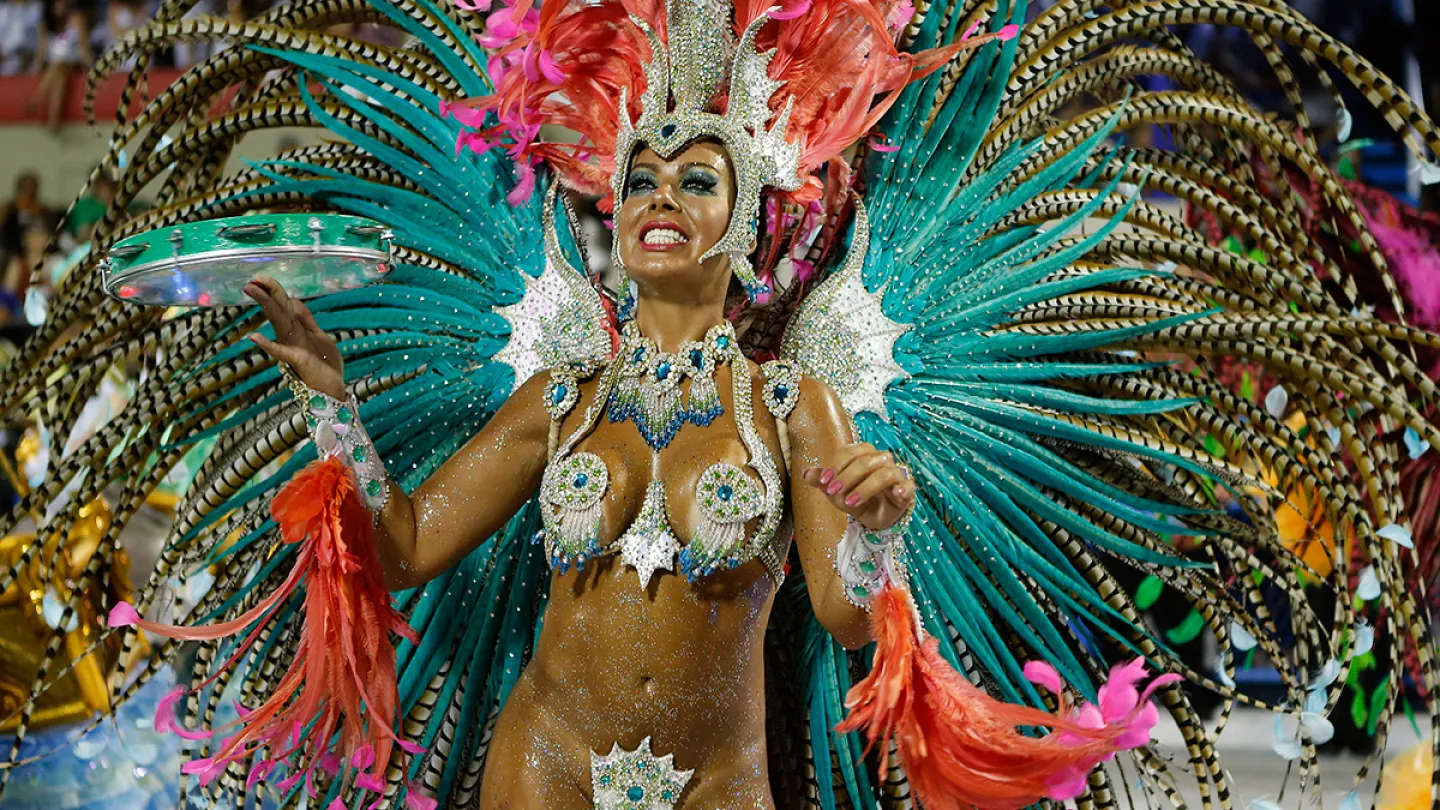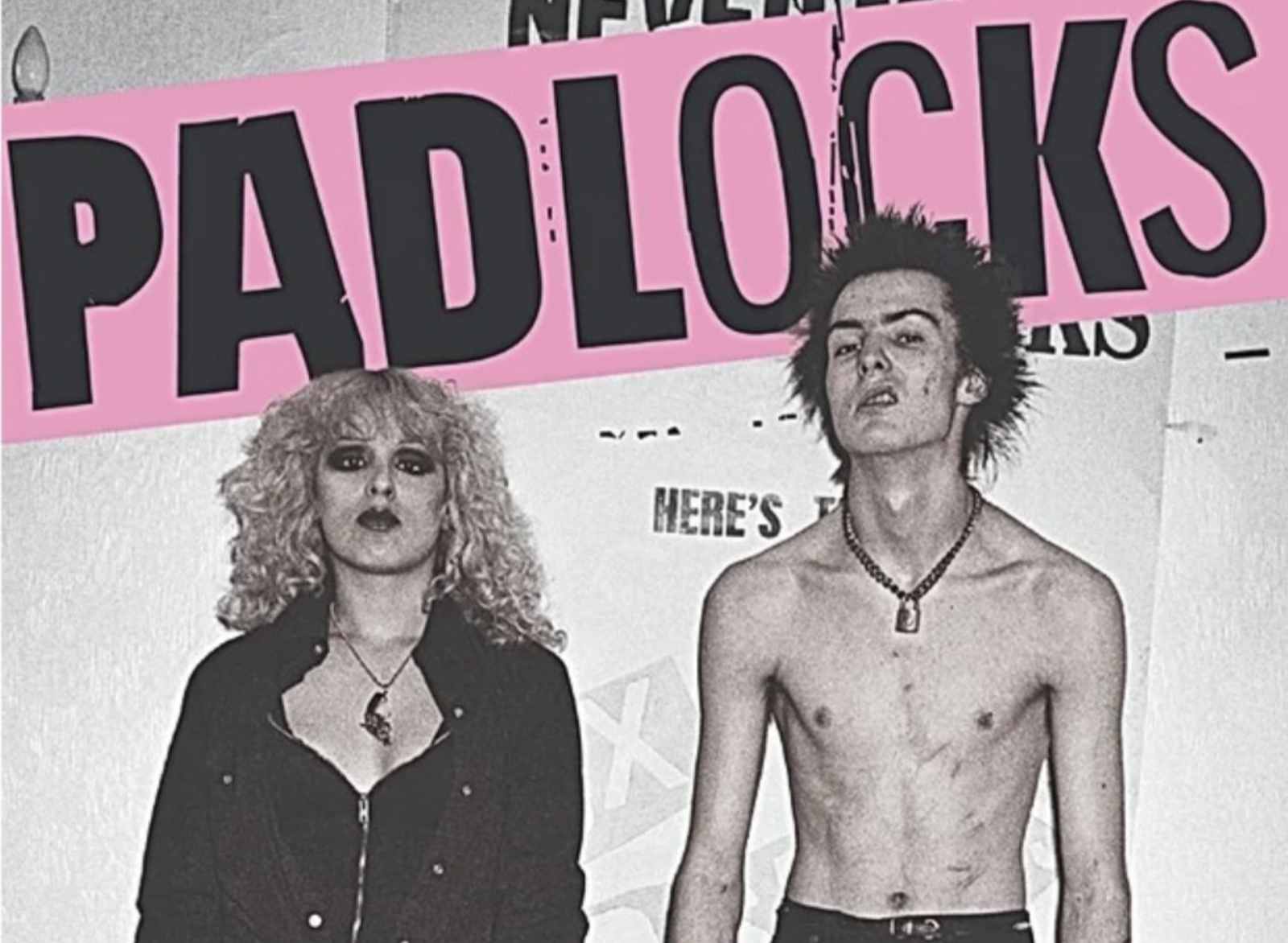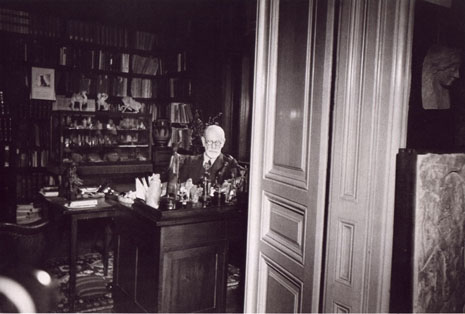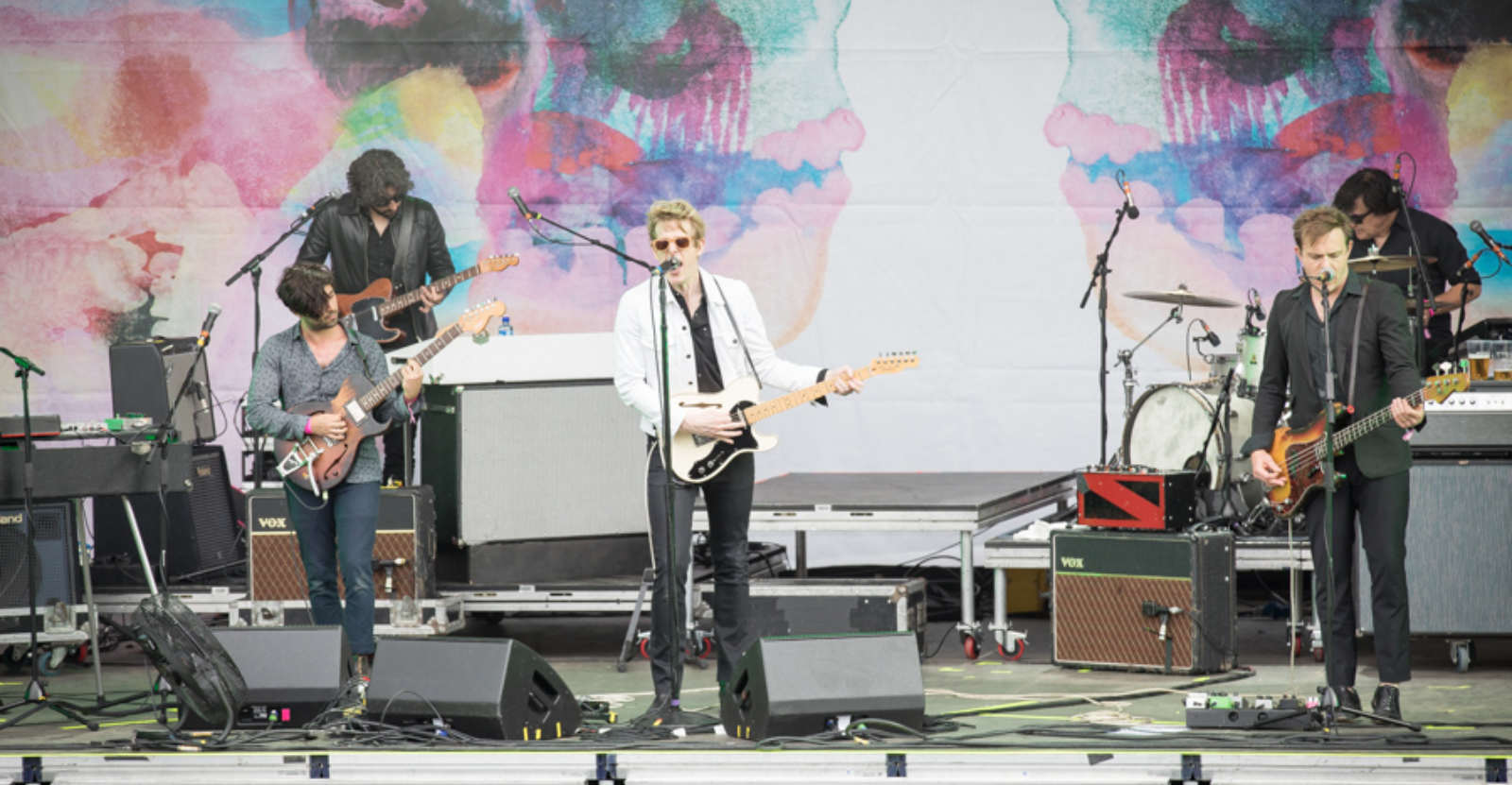The conclusion of yet another Carnaval prompts reflection: it transcends the stereotype of scantily clad women samba dancing. Behind the scenes, countless women have paved the way, transforming the Sapucaí into a parade for others, beckoning foreigners with its captivating allure.
A worthwhile reminder is the early days of Carnaval, where housewives were not supposed to participate. Even as societal norms evolved, women often played a secondary and sometimes invisible role, overshadowed in the revelry dominated by men.
Until the mid-19th century, women were largely excluded from the festivities known as "entrudos." These early Carnaval celebrations, imported from Portugal, involved street battles with buckets and water guns. However, as the domestic influence emerged, allowing women to engage in social interaction and even take romantic initiative by throwing scented lemons at potential suitors.
At the balls, women could attend the festivities, but were to remain on the balconies, not joining the Carnaval dancing in the hall. From the windows of townhouses, they watched the floats parade through the streets. However, female participation in the 'cortejos' was not entirely prohibited; Polish and French prostitutes from the wealthiest and most sophisticated houses paraded luxuriously naked on the floats. They inspired Cariocas women to seek out the writer José de Alencar for a solution. He proposed organizing balls where they could take part in taking the lead instead of remaining as mere spectators.
In the second half of the 19th century, restrictions on women's participation in Carnaval began to loosen with the emergence of 'cordões,' 'blocos,' and 'ranchos carnavalescos.'
 'Cordões' and 'blocos' paraded on foot through the city streets, organized by groups of friends and families from less affluent social classes. Initially, the presence of women in these processions was quite restricted or even non-existent, as they were prohibited by the police. It was only later, in the early decades of the 20th century, with the end of repression, that women began to participate in greater numbers. A notable figure in this context is Chiquinha Gonzaga, who composed the first Carnaval ‘marchinha’, 'Ó Abre Alas,' in 1899. This genre became a traditional element of Carnaval, deeply rooted in the Brazilian cultural consciousness, as well as Gonzaga’s composition.
'Cordões' and 'blocos' paraded on foot through the city streets, organized by groups of friends and families from less affluent social classes. Initially, the presence of women in these processions was quite restricted or even non-existent, as they were prohibited by the police. It was only later, in the early decades of the 20th century, with the end of repression, that women began to participate in greater numbers. A notable figure in this context is Chiquinha Gonzaga, who composed the first Carnaval ‘marchinha’, 'Ó Abre Alas,' in 1899. This genre became a traditional element of Carnaval, deeply rooted in the Brazilian cultural consciousness, as well as Gonzaga’s composition.
Hilta Dias dos Santos, known as Mãe Hilda Jitolu, is the matriarch of the first Brazilian Afro ‘bloco’ in Salvador. Her influential position raised awareness within the Black community and pioneered the conception of ‘blocos,’ influencing renowned Brazilian artists such as Gilberto Gil, Carlinhos Brown, and Margareth Menezes.
‘Ranchos’ hosted more organized parades and introduced narrative elements and storylines, the music incorporated wind and string instruments, further increasing female participation as they played a fundamental role in these festivities, often crafting costumes and accessories, as well as organizing events to raise the necessary funds for the procession — but their contributions extended beyond these tasks.
In 1907, in the then capital of Brazil, Rio de Janeiro, the 'corsos' were born. The wealthiest families in the city paraded in luxurious open cars along the old Avenida Central. The initiative originated from the daughters of the then-president Afonso Pena and quickly became a tradition among other car owners. As the procession passed, occupants threw confetti, streamers, and scented spray at those in other cars along the route, while the working classes watched all along the parade route.
 The Carnaval as we know it today owes much to the 'tias,' Bahian women who opened their homes for samba gatherings throughout the year. They provided a safe space for samba enthusiasts to assemble, free from persecution by the police. Samba places were often associated with danger and dirtiness, reflecting the internalization of racism. Among these influential women was Tia Ciata, whose home became the cradle of samba, hosting pioneers such as Pixinguinha, Donga, Heitor dos Prazeres, João da Baiana, Sinhô, and Mauro de Almeida.
The Carnaval as we know it today owes much to the 'tias,' Bahian women who opened their homes for samba gatherings throughout the year. They provided a safe space for samba enthusiasts to assemble, free from persecution by the police. Samba places were often associated with danger and dirtiness, reflecting the internalization of racism. Among these influential women was Tia Ciata, whose home became the cradle of samba, hosting pioneers such as Pixinguinha, Donga, Heitor dos Prazeres, João da Baiana, Sinhô, and Mauro de Almeida.
The first samba schools were established in the late 20s and early 30s, marking a significant milestone for women's participation in Carnaval parades. This pivotal moment allowed women to carve out their own space within the festivities. As samba schools evolved, women gradually gained prominence. In 1939, Dagmar from Portela made history as the first woman to play in the percussion section (bateria). The involvement of female authors in composing samba-enredo songs also began to emerge, with Carmelita Brasil from Unidos da Ponte pioneering composition in the 1950s. It wasn't until 1965 that Dona Ivone Lara broke new ground by becoming the first woman to pen a samba-enredo for a major samba school.  Her contributions challenged machismo within the industry, previously, her songs had been signed by a male cousin since the 1940s.
Her contributions challenged machismo within the industry, previously, her songs had been signed by a male cousin since the 1940s.
A recent survey revealed alarming statistics regarding harassment and sexual violence against women during Carnaval. Among Brazilian women surveyed, 73% expressed fear of being victims of harassment during the festivities, with half of them having already experienced sexual violence in previous celebrations. The numbers are even more distressing for Black women, with 75% expressing fear of harassment and 52% reporting having been victims of it during Carnaval. Additionally, abroad, Brazilian women are often objectified and sexualized, with foreign men fetischisticly fantasizing about them in attire typically associated with Carnaval parades.
It is obvious then, that for the ever evolving Carnaval, more change is necessary. In the present day, there are Carnaval events led by women and exclusively for them, aimed at creating a safe environment to enjoy the revelry.


























